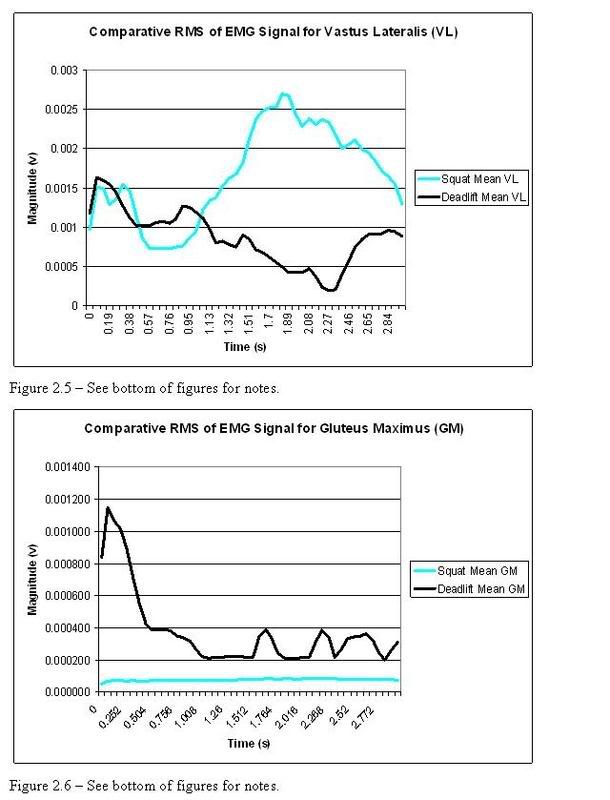The DEADLIFT…should it stay or should it go?
I used to be an 800meter runner for 11 years or so, till I was 40; then i decided to turn to sprints. I’m 42yrs now and this year ran 7.4; 11.7 and 23.3 for 60/100/200m.
My main focus for 2004 are the World Masters Indoor Champs in Germany in March (60metres) and European Champs in Denmark in August (100m and poss 200m). Targets are to run 7.0/7.2 for 60m and 11.2/11.4 for 100m.
I Love gym work, my ‘core’ exercises being squats and power cleans; high sets and low reps for max strength and low hypertrophy. As the Indoor season approaches I’ll will maintain/increase my max strength but also target Power/Speed/RFD and Quickness i.e. my gym work leading to functional improvements on the track. I personally find that if I increase my VHJ and SLJ aswell as 10 hops…I run faster. I run faster when I feel bouncy, reactive and psychologically agressive and explosive.
I have a sports science degree and read everything I can on speed training, acceleration and power. U know, the more I read the more contadictory advice seems to be…in this instance the Deadlift. My Glutes are crap (pardon the expression!) i.e. small and my hamstrings are practically non-existent. At 1.73m tall my SLJ is 2.85m and VHJ is 62cm…I feel they should increased, especially the VHJ.
For the over 40’s I am in the top three fastest over 20m in the country…but I don’t care!! I’ve got to accelerate at a higher rate, for longer and reach a higher top speed!!
Should I do Deadlift and should it be from the floor or hang style. I read a lot of pro’s and cons.
Who has the definitive answer? Is there a definitive answer?
I know that squats and cleans also work glutes, hams and erector muscles so is the deadlift necessary?
I’d really appreciate some advice from you knowledgeable guys/girls out there.
Thanks!


